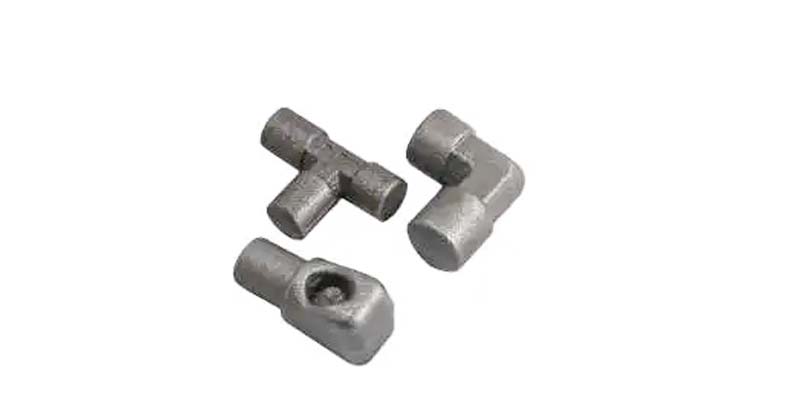- Contact Innally, Let you purchase forgings in China more favorable prices, products more assured!
- Hotline:+(86)15038323776 Email:innally@innally.com
Quality control and optimization of steel forgings
- Category: Steel forgings, Thermal forging
- |
- Date: 31/10/2023
the quality control and optimization of steel forgings is an important direction for the development of forging industry. Through the use of advanced raw materials, process technology and testing means, the quality of steel forgings can be fully controlled and optimized, and the quality of products and market competitiveness can be improved.
Product Details
Quality control and optimization of steel forgings is an important means to ensure the quality of forged products. The quality of steel forgings not only affects the performance and service life of the product, but also relates to the production cost and market competitiveness. Therefore, it is necessary to control and optimize the quality of steel forgings.
First of all, the selection and control of raw materials is the basis of steel forgings quality control. Choosing the right raw materials, such as high-quality steel, alloy steel, etc., can ensure that the chemical composition, physical properties and microstructure of the forged products meet the requirements. At the same time, through the use of advanced testing means, such as chemical analysis, metallographic testing and mechanical property testing, the quality of raw materials can be strictly controlled to avoid the use of unqualified products.

Secondly, the control of forging process is the focus of quality control of steel forgings. By analyzing the parameters such as temperature, pressure and speed in forging process, the factors that have great influence on forging quality can be found out and the process can be optimized. For example, the use of advanced heating and cooling technology to control the heating speed and cooling time of forgings can improve the internal structure of forgings and improve their mechanical properties. In addition, the use of appropriate mold and tooling equipment, as well as a reasonable forging process, can also improve the quality and accuracy of the forging.
Finally, through the use of advanced detection means for forging quality statistics and analysis, you can find out the cause of unqualified products and take corresponding corrective measures. For example, through dimensional measurement, hardness testing and metallographic analysis and other means, the accuracy, hardness and internal structure of the forging can be detected and analyzed, so as to find out the factors affecting the quality and improve.
In short, the quality control and optimization of steel forgings is an important direction for the development of forging industry. Through the use of advanced raw materials, process technology and testing means, the quality of steel forgings can be fully controlled and optimized, and the quality of products and market competitiveness can be improved.
nannan
INNALLY mainly provides you with various types of cast and forged parts products. Welcome your inquiries! innally@innally.com
Related Products
Search
Forging center
- Steel forgings
- Aluminium alloy forging
- Titanium alloy forging
- Stainless steel forging
- Copper forging
- Automotive forgings
- Locomotive forging
- Bicycle forgings
- Motorcycle forging
- Rigging and fasteners
- Bearing forging
- Electric power fittings
- Marine forging
- Mechanical forgings for metalworking
- Mining machinery forgings
- Marine engineering forgings
- Construction machinery forgings
Popular product

© 2025. All Rights Reserved.






